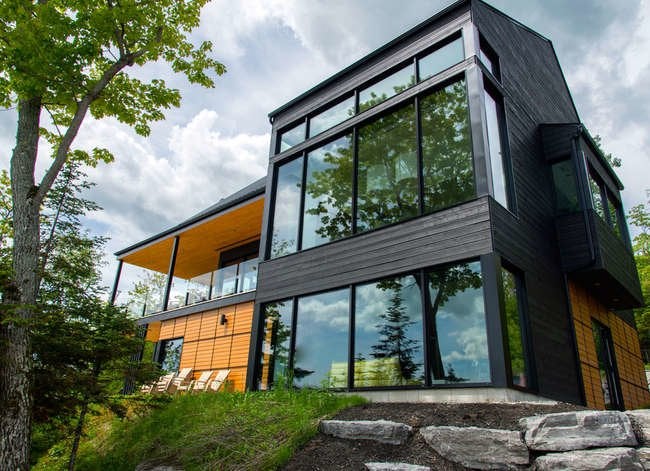We may earn revenue from the products available on this page and participate in affiliate programs. Learn More ›
Don't Wait – Insulate!
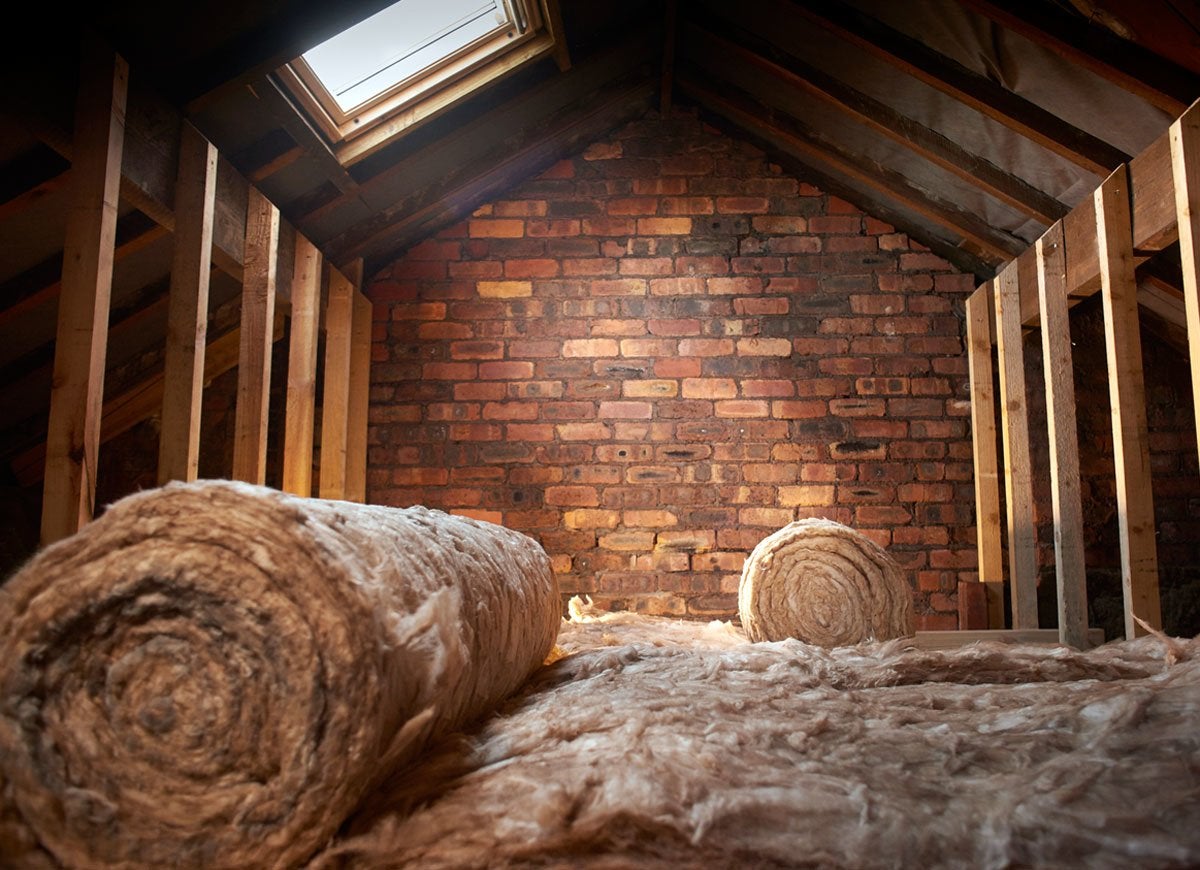
One of the most cost-effective ways to save on heating bills is insulating the attic, where heat loss is the greatest. The cost of materials for installing 12 inches of insulation in a 500-square-foot attic will run approximately $200, and you should notice lower heating bills as soon as cold weather hits. In addition, you could qualify for a 10 percent tax credit on the cost of the insulation come tax time.
Related: The Pros and Cons of Today’s Most Popular Insulation
They're Not Just for Stormy Days
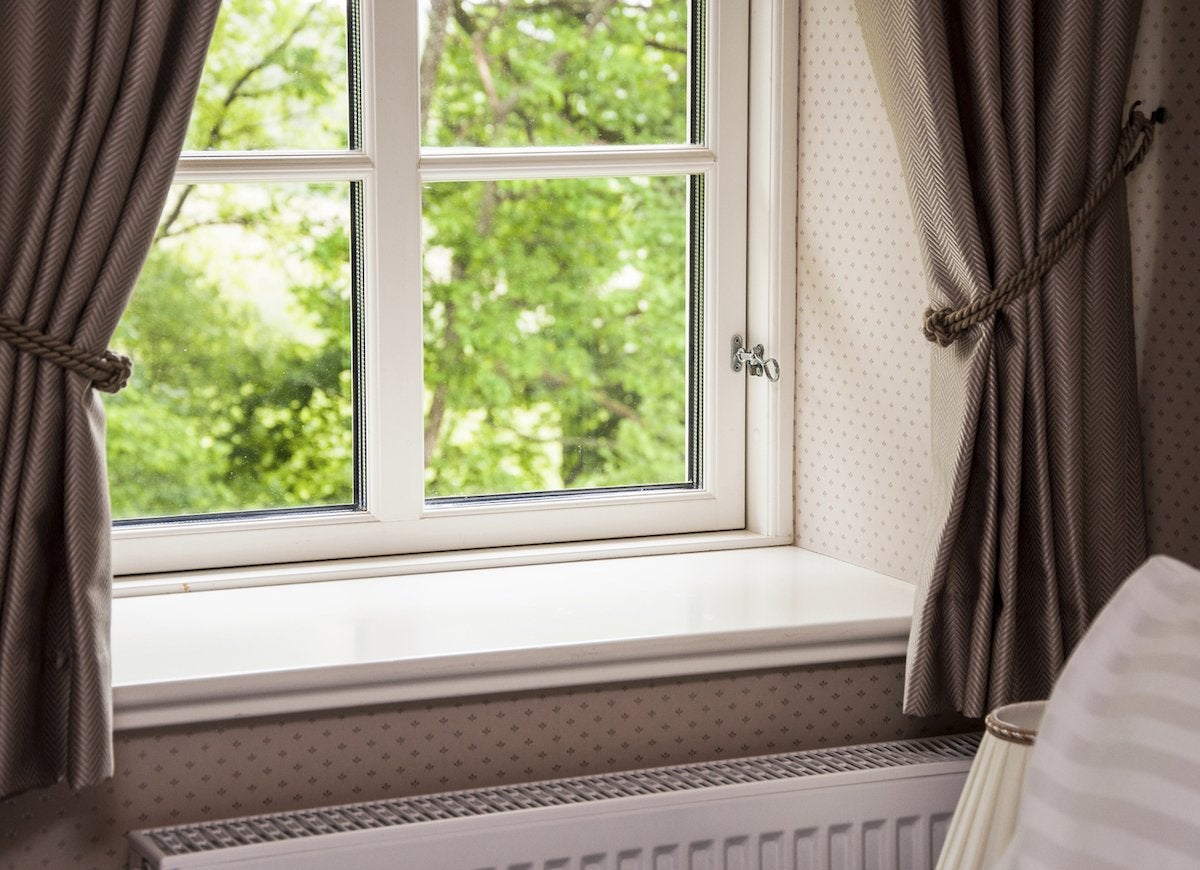
If you feel a breeze indoors every time the wind blows, consider installing storm windows. They’re relatively inexpensive, starting at around $50 for a basic model and running just over $100 for sturdier windows with low-e glass. Depending on the number of windows you need to buy, it could be two or three years before you experience a payback, but you’ll enjoy greater comfort right away.
Seal It, Caulk It, and Block It

Stop icy drafts! Exterior-grade caulking and new weatherstripping are inexpensive, coming in at roughly $20 for both. Caulk all gaps and cracks where cold winds can creep through—around windows and doors, and wherever your exterior siding gaps at the corners of the house. It’s a good idea to check weatherstripping around exterior doors every fall and replace as necessary.
Refinery: 10 Fall Home Maintenance Musts
Switch to LED Bulbs
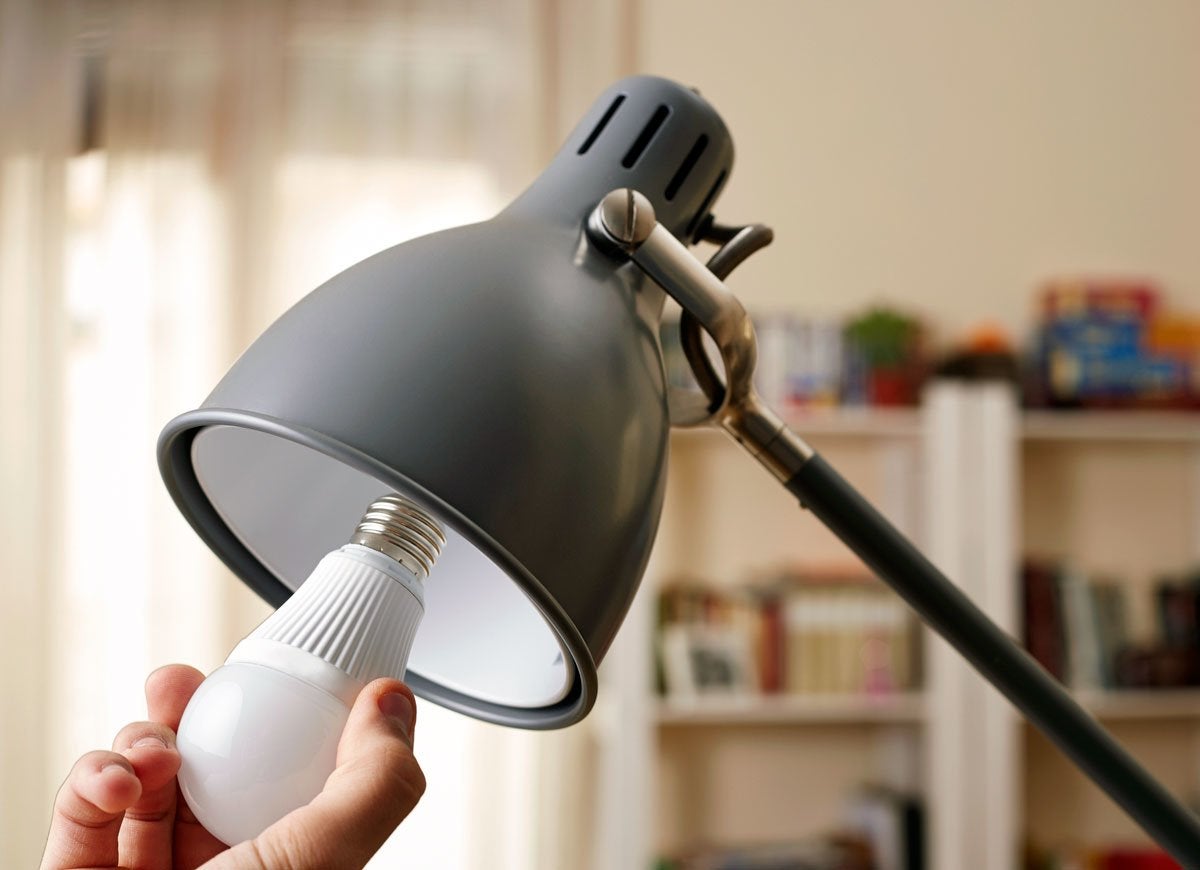
The initial cost of LED (light-emitting diode) bulbs is higher than ordinary incandescent bulbs; you’ll pay around $2 for a single 40W LED. But as an LED bulb has a projected life of up to 50,000 hours, and an incandescent only 1,200, you’ll need to buy fewer bulbs, saving you money in the long run. In addition, incandescent bulbs use up to six times as much energy as LEDs, so you’ll start saving on utility costs immediately.
Related: Your Guide to Navigating the New World of Light Bulbs
Get Smart
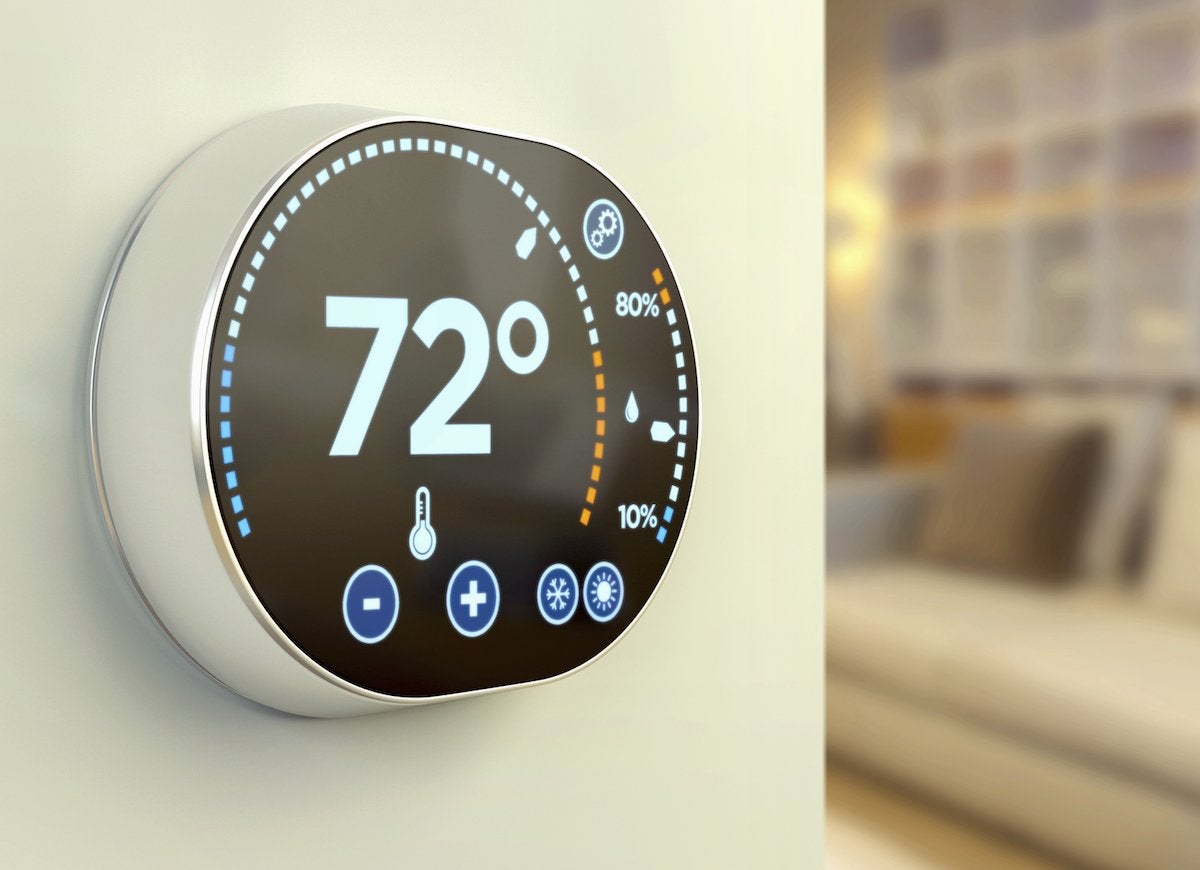
A smart (Wi-Fi-capable) thermostat may seem like it isn’t for everyone, but consider: If no one is at home during certain hours in the day or night, why spend money heating and cooling an empty house? Smart thermostats are reasonably priced, starting at around $150 and going up from there, but there’s more than cost savings to be gained. Being able to control the temperature from a distance will also enhance your comfort. Just imagine the toasty welcome that will await you when you can turn up the heat a few minutes before you get home on a wintry day.
Seal Leaky Ducts
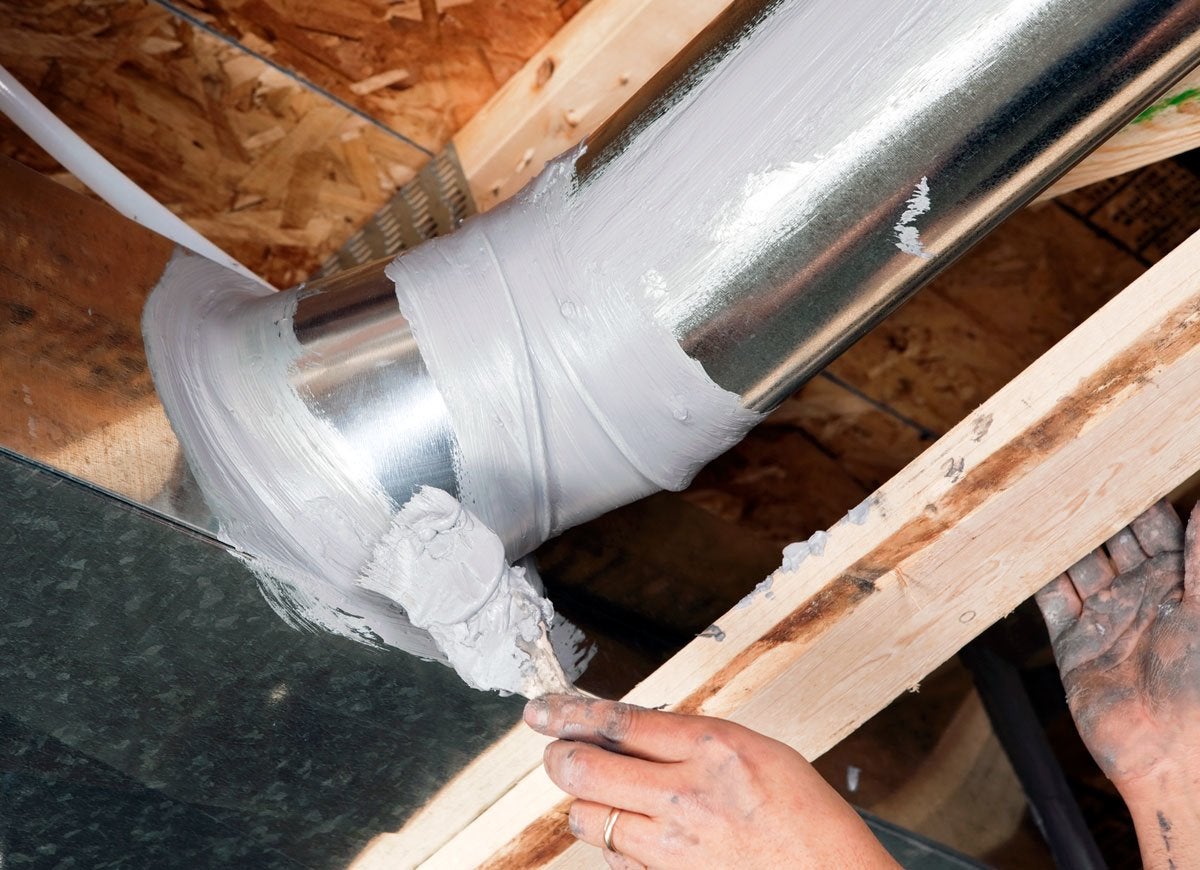
By some estimates, as much as 40 percent of a home’s heated or cooled air is lost through duct leaks before it ever reaches its destination. It costs about $750 to have your home’s ducts professionally sealed through an injection process. If you run your furnace or air conditioning system frequently, you could see a payoff in fewer than two years.
Related: 8 Warning Signs of Dangerously Outdated Electrical Wiring
Hang It Up, Already!
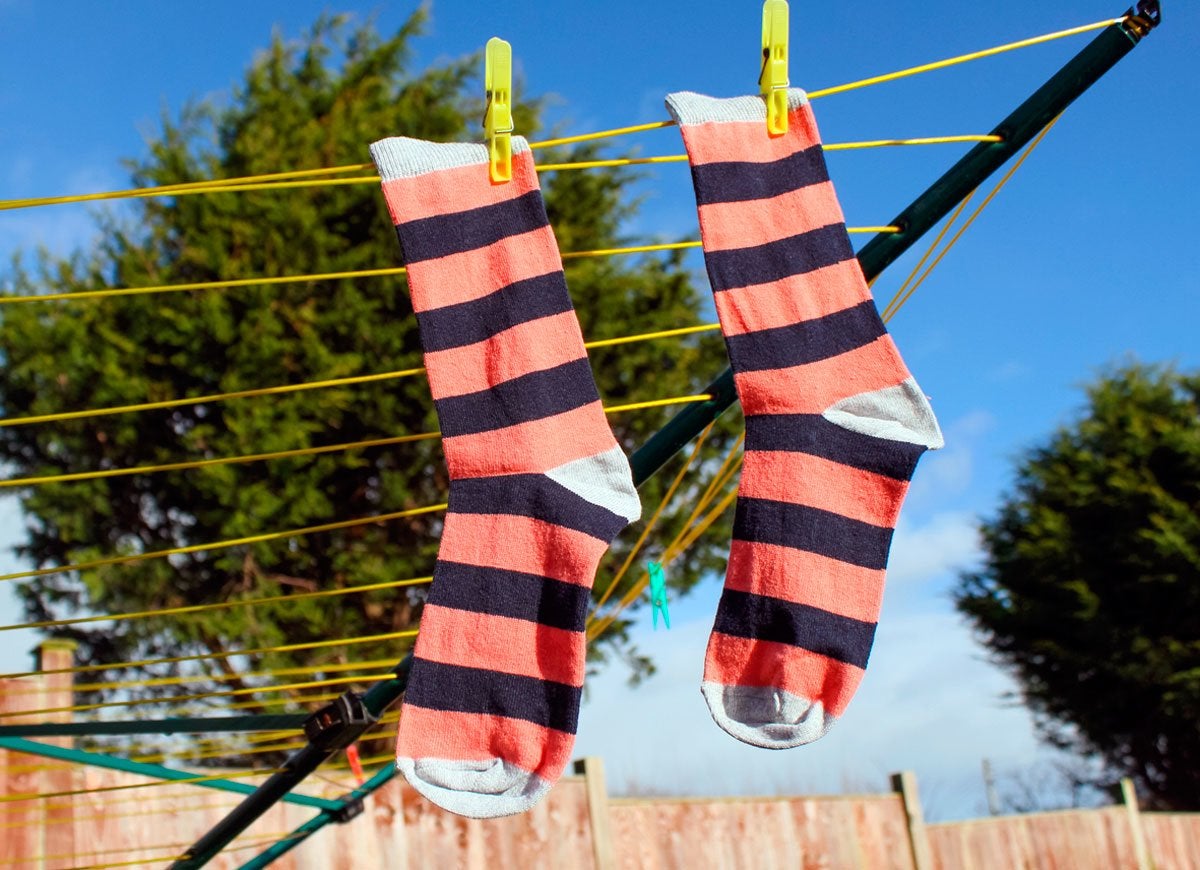
A retractable outside clothesline, which will set you back a mere $20, lets you avoid using your energy-sucking dryer in good weather by hanging your garments on the line to dry. Your whites will be whiter and your sheets will have that sun-dried freshness you just can’t get from the dryer. If you hang your clothes faithfully, you’ll could see a drop in the next month’s utility bill.
Related: 9 Smart Hacks for Laundry Day
Reduce Solar Heat Transfer with Reflective Window Film
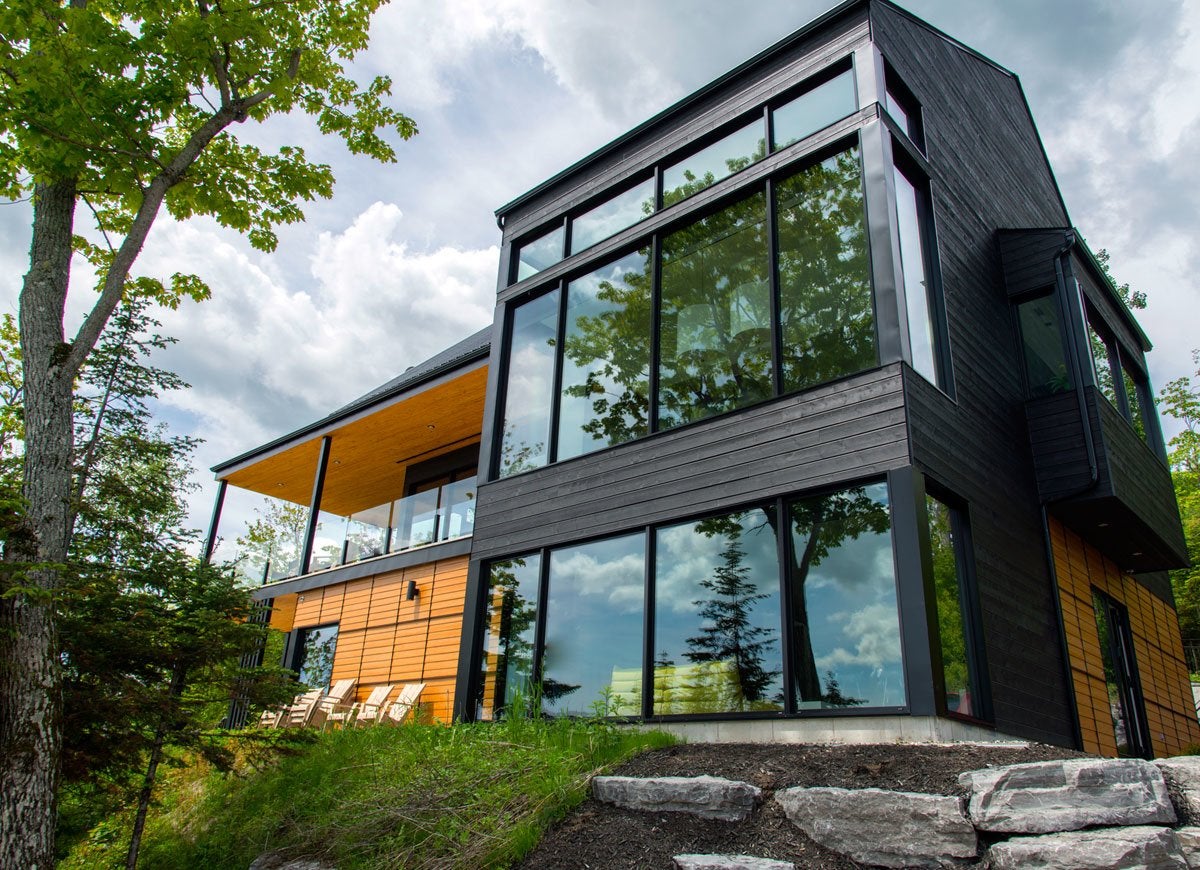
When the hot sun hits a single-pane window, the room inside can heat up quickly, triggering the air conditioner and driving up your utility bills. Room-darkening curtains can help, but for more protection from the sun’s scalding rays, consider installing low-e reflective window film on the panes. A 3-foot by 15-foot roll of film costs about $25, and the more south-facing windows you have, the greater your savings will be.
Shower Yourself in Savings
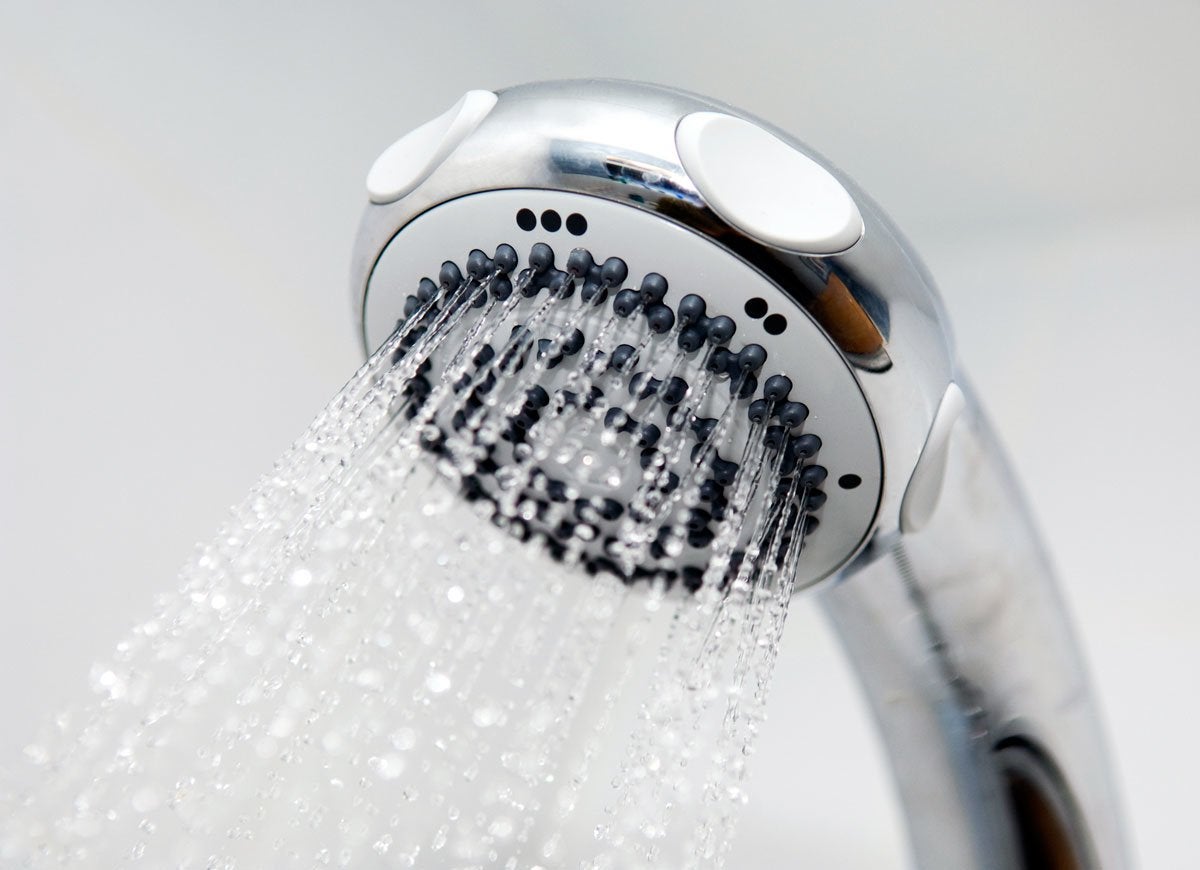
It’s not the amount of water but rather the pressure that makes the difference between an invigorating shower and a disappointing trickle. Low-flow shower heads have smaller holes that manage to produce a robust water spray while reducing overall flow, so you can quickly rinse even the thickest head of hair before using up all the hot water. A good low-flow showerhead costs between $30 and $65. You’ll be conserving energy and water while still enjoying a refreshing shower.
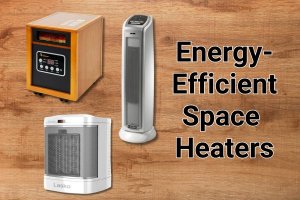
Save Energy While Staying Cozy
Today’s energy-efficient space heaters warm individual rooms, so users needn’t heat unoccupied areas of the house. We tested the most popular space heaters on the market to find out which ones performed the best.

